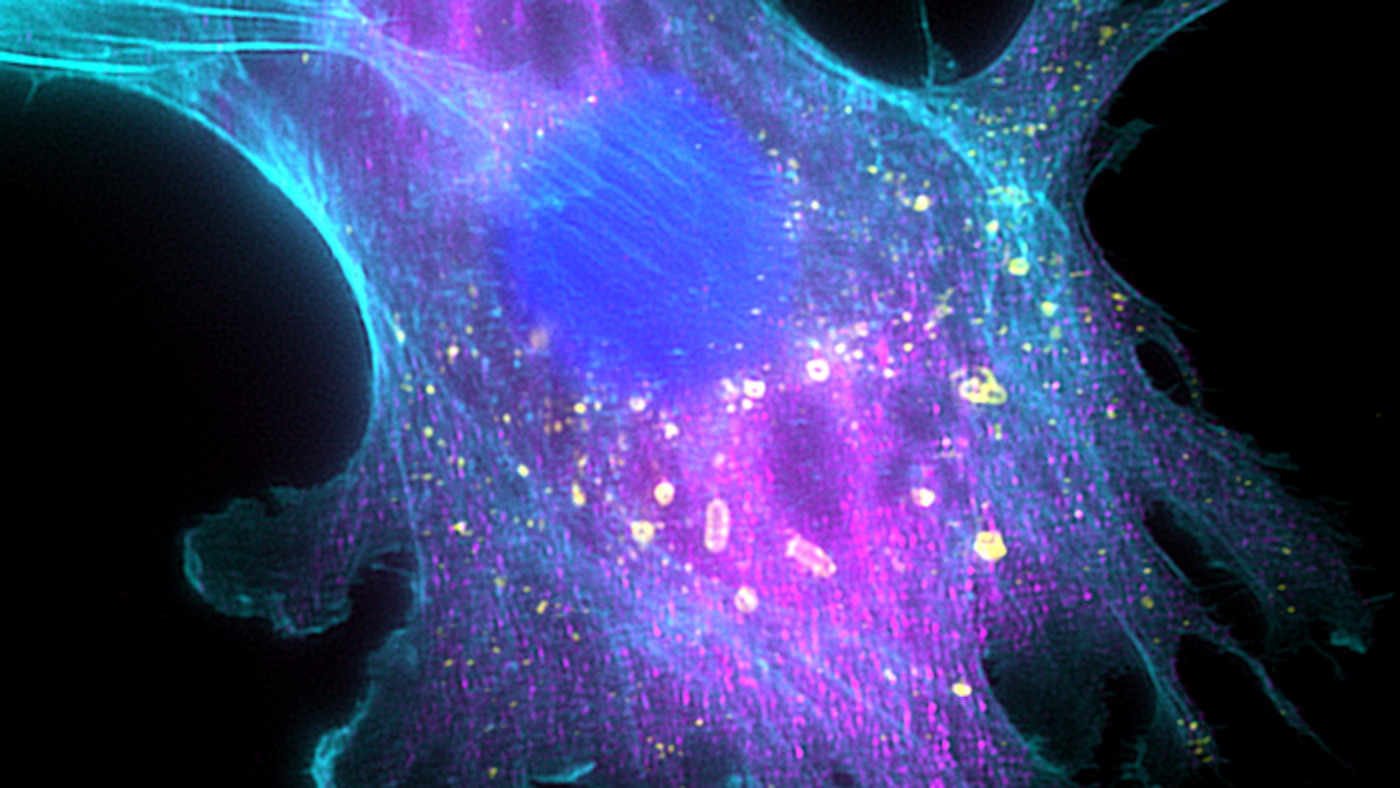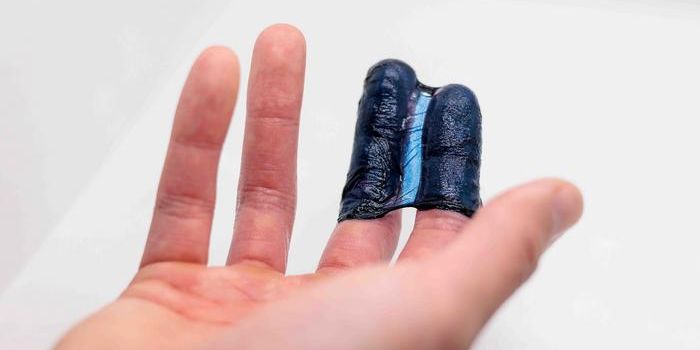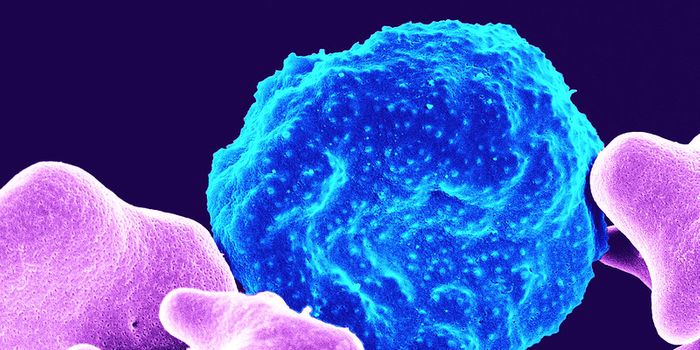New Treatment Approach Uses Bacteria to Deliver Drugs to Cancer Cells
Bacteria can be found almost everywhere, and they can serve many beneficial purposes. Scientists are now using bacterial cells to penetrate the tough exteriors of tumors, and turning them into drug delivery systems that can target cancer. It's typically been difficult to get therapeutics past the membranes of malignant tumors, and even peptides and nanoparticles that are designed for this purpose have not been very efficient in practice. Thus, cancer treatments may degrade before they even reach cancer cells.
Reporting in Nature Communications, scientists have now been able to create a bacteria-based method to identify cancer cells, and release targeted therapies into those cells directly. After the treatment is delivered, the bacteria clear away harmlessly.
In this study, the researchers were able to see the treatment enter tumor cells but not healthy cells in organs like the liver or spleen, said Professor Neil Forbes, Ph.D., of the University of Massachusetts, Amherst. “It delivers it just to the tumors. When we looked at the immune response and the liver damage, we didn’t see any difference” when compared to a saline injection, suggesting this is a safe technology.
Previous work has shown that Salmonella bacteria can live in tumors. This research has shown that the microbes actually get inside of the tumor cells.
This concept utilized Salmonella bacteria that were modified to be non-pathogenic and manufacture proteins on site that can act against tumors. These bacteria also turn green when they move through the membranes of other cells, so the researchers could see where they went.
When tested in a mouse model, the researchers found that the bacteria, called the ID Salmonella strain, reduced the growth and metastases of tumors, increasing the survival of the animal model. The bacteria reached the highest level in at 72 hours, and grew only in tumor cells. After reaching that peak density, the bacteria cells broke open, and released their contents into the host tumor cells. Because they broke open, they ceased to live or proliferate.
This approach could create treatment options for liver cancer, for which there are very few available drugs, or metastatic breast cancer, the study authors suggested.
“With liver cancer, we’re seeing pre-clinical evidence that it has an anti-tumor effect,” Forbes said. “This is early, in just a few mice, but we’re keeping those tumors at bay using this therapy.”
The researchers have been inspired to pursue this research by personal experiences, and are moving quickly to license the technology and establish clinical trials.
“I hope that we are in the clinic in two to three years,” said co-first study author Nele Van Dessel, Ph.D.
Sources: University of Massachusetts Amherst, Nature Communications









